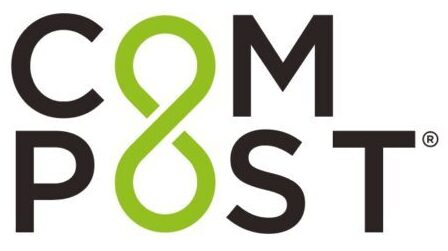Discover the Top 10 Coolest Soil Microbes
Soil is a fascinating and complex ecosystem, home to an incredible diversity of microorganisms. These tiny organisms play a vital role in maintaining the health and fertility of our soils, and yet, they are often overlooked and underappreciated. In this article, we will take a closer look at some of the most interesting and important soil microbes, and explore their roles in the ecosystem.
- Mycorrhizal fungi: These fungi form symbiotic relationships with the roots of plants, helping them to absorb nutrients and water from the soil. They are essential for the growth and survival of many plant species and are found in almost all terrestrial ecosystems.
- Nitrogen-fixing bacteria: These bacteria convert atmospheric nitrogen into a form that plants can use, making them an important source of nitrogen for the ecosystem. They are found in the roots of certain plants, such as legumes, and are also used in agriculture as a means of fertilizing crops.
- Actinobacteria: These bacteria are known for their ability to break down complex organic matter, such as lignin and cellulose. They play a crucial role in the decomposition of plant material and are an important source of nutrients for the ecosystem.
- Rhizobia: These bacteria form symbiotic relationships with the roots of legumes, such as peas, beans, and soybeans. They are able to fix nitrogen from the air and provide it to the plant in exchange for sugars. This process is known as nitrogen fixation and is vital for the growth and survival of many plants.
- Arbuscular mycorrhizal fungi: These fungi form symbiotic relationships with the roots of plants, helping them to absorb nutrients and water from the soil. They are essential for the growth and survival of many plant species and are found in almost all terrestrial ecosystems.
- Pseudomonas: These bacteria are known for their ability to break down a wide range of pollutants, including pesticides, heavy metals, and hydrocarbons. They are used in bioremediation, the process of cleaning up contaminated soils and water.
- Streptomyces: These bacteria are known for their ability to produce a wide range of antibiotics, including streptomycin and tetracycline. They are also important for the decomposition of organic matter and the cycling of nutrients in the soil.
- Thermobifida: These bacteria are known for their ability to break down complex organic matter, such as lignin and cellulose. They play a crucial role in the decomposition of plant material and are an important source of nutrients for the ecosystem.
- Trichoderma: These fungi form symbiotic relationships with the roots of plants, helping them to absorb nutrients and water from the soil. They are essential for the growth and survival of many plant species and are found in almost all terrestrial ecosystems.
- Vermicomposting worms: These worms, such as red wigglers and nightcrawlers, play a crucial role in breaking down organic matter in the soil. They are often used in vermicomposting, a method of composting that uses worms to break down organic waste into a nutrient-rich soil amendment.
In conclusion, soil microbes play a vital role in maintaining the health and fertility of our soils, and are an important component of the ecosystem. From nitrogen-fixing bacteria to vermicomposting worms, these tiny organisms are responsible for many of the processes that make life on Earth possible. Understanding and appreciating the diversity and importance of these microbes is crucial for the sustainable management of our soils.
- “Mycorrhizal Fungi: The Benefits of a Symbiotic Relationship.” Bioadvanced, www.bioadvanced.com/garden-pest-control/mycorrhizal-fungi-the-benefits-of-a-symbiotic-relationship.
- “Nitrogen-Fixing Bacteria.” Encyclopedia Britannica, Encyclopedia Britannica, Inc., www.britannica.com/topic/nitrogen-fixing-bacteria.
- “Actinobacteria.” MicrobeWiki, Kenyon College, microbewiki.kenyon.edu/index.php/Actinobacteria.
- “Rhizobia.” MicrobeWiki, Kenyon College, microbewiki.kenyon.edu/index.php/Rhizobia.
- “Arbuscular Mycorrhizal Fungi.” MicrobeWiki, Kenyon College, microbewiki.kenyon.edu/index.php/Arbuscular_Mycorrhizal_Fungi.
- “Pseudomonas.” MicrobeWiki, Kenyon College, microbewiki.kenyon.edu/index.php/Pseudomonas.
- “Streptomyces.” MicrobeWiki, Kenyon College, microbewiki.kenyon.edu/index.php/Streptomyces.
- “Thermobifida.” MicrobeWiki, Kenyon College, microbewiki.kenyon.edu/index.php/Thermobifida.
- “Trichoderma.” MicrobeWiki, Kenyon College, microbewiki.kenyon.edu/index.php/Trichoderma.
- “Vermicomposting.” Environmental Protection Agency, US Environmental Protection Agency, www.epa.gov/recycle/composting-home/vermicomposting.




